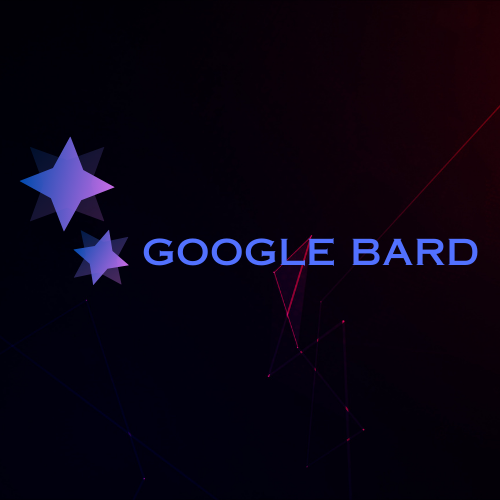Introduction:
Google’s featured snippets, particularly the blue highlighted text, have become a crucial component of effective search engine optimization (SEO). Ranking on the first page of Google is no longer enough; it’s about being featured in a snippet that provides users with quick and easy answers to their questions. In this article, we will discuss how you can optimize your content for Google’s blue highlighted text, the benefits of doing so, and the best practices you should follow to achieve success.

Understanding Google’s Featured Snippets
Google’s featured snippets aim to deliver information to users quickly and efficiently. They appear at the top of the search engine results page and extract information directly from a website’s content. Featured snippets come in various forms, including paragraphs, lists, and tables. However, the blue highlighted text is what sets them apart from the rest.
What is the Blue Highlighted Text?
The blue highlighted text is a special feature of Google’s featured snippets. When your website’s content is featured in a snippet, the relevant text is highlighted in blue. This makes the snippet stand out even more, which increases the likelihood that users will click on it.

Previous Tests
Google tested this feature in September 2022 with both yellow and blue highlighted text. However, it seems that Google has gone with the blue highlights, as all the examples that have been seen so far are in blue and not yellow.
Optimize Your Content for the Blue Highlighted Text
To increase your chances of being featured in a snippet with blue highlighted text, follow these best practices:
- Answer a question: Google’s featured snippets are designed to answer specific questions, so make sure your content provides a clear and concise answer to a common question related to your industry or niche.
- Use headers and lists: Headers and lists help Google’s algorithm understand the structure of your content and make it easier to feature in a snippet.
- Provide relevant information: Google’s algorithm will only feature content that is relevant to the user’s query. Make sure your content is focused on the topic at hand.
- Use high-quality images: If your content includes images, make sure they are high-quality and relevant to the topic. Google may feature your image in the snippet, further increasing your visibility.
Frequently Asked Questions
Q: Can any website get the blue highlighted text in a featured snippet?
A: Yes, any website can potentially be featured in a snippet with the blue highlighted text. However, following best practices and providing high-quality content will increase your chances.
Q: Is it possible to get the blue highlighted text for more than one query?
A: Yes, it is possible to get the blue highlighted text for multiple queries related to your industry or niche.
Q: Can I pay to get my website featured in a snippet with the blue highlighted text?
A: No, Google does not accept payment for featured snippets. All content is featured based on relevance and quality.
Conclusion
Google’s blue highlighted text is a valuable tool for increasing website visibility and traffic. By following best practices and providing high-quality content, you can increase your chances of being featured in a snippet. Focus on answering common questions related to your industry or niche, use headers and lists to organize your content, provide relevant information, and use high-quality images. With patience and effort, your website could be the next one featured in Google’s blue highlighted text.



















